The United States and China are the two largest economies in the world. The United States has a GDP of about $29 trillion, while China’s GDP is around $19 trillion. These two countries play a major role in global trade and the world economy. However, their economic structures are very different.
China depends heavily on exports. This means that a big part of its economy comes from selling goods to other countries. On the other hand, the United States relies more on domestic spending and imports rather than exports. This difference has shaped their trade relationship for many years and created one of the largest trade war in history.
Key Takeaways
- From 1991 to 2014 (24 years), China’s exports averaged about 32% of GDP, while the U.S. averaged only 8%. This shows China is far more export-driven than the U.S.
- The United States has the largest trade deficit with China, meaning it buys much more from China than it sells there.
- Over time, China’s export share has fallen, but it is still higher than the U.S.
U.S. and China Merchandise Exports as a Share of GDP
The following table shows how much exports contributed to the GDP of China and the United States from 1991 to 2014.
| Year | 🇨🇳 China | 🇺🇸 United States |
|---|---|---|
| 1991 | 30% | 7% |
| 1992 | 32% | 7% |
| 1993 | 36% | 7% |
| 1994 | 34% | 8% |
| 1995 | 32% | 8% |
| 1996 | 29% | 9% |
| 1997 | 29% | 9% |
| 1998 | 28% | 8% |
| 1999 | 29% | 8% |
| 2000 | 33% | 8% |
| 2001 | 31% | 7% |
| 2002 | 32% | 7% |
| 2003 | 36% | 7% |
| 2004 | 40% | 7% |
| 2005 | 43% | 7% |
| 2006 | 43% | 7% |
| 2007 | 41% | 8% |
| 2008 | 36% | 9% |
| 2009 | 28% | 7% |
| 2010 | 30% | 9% |
| 2011 | 27% | 10% |
| 2012 | 25% | 10% |
| 2013 | 24% | 9% |
| 2014 | 23% | 9% |
China’s Export Dependence
China has long been called the “world’s factory,” and for a good reason. Its economy has been heavily driven by exports for many years. In the 1990s, exports made up 30% or more of China’s GDP, and the share kept growing in the early 2000s. It even reached a peak of 43% in 2005 and 2006. This means that almost half of China’s economy was linked to goods sold overseas.
This strong dependence on exports helped China grow very fast. Factories across China produced everything from clothes and electronics to machinery and steel. Foreign companies also moved production to China because of low costs. This made China the biggest exporter in the world.
However, things started to change after 2008. The global financial crisis reduced demand for goods, and China began to focus more on domestic growth. Since then, the share of exports in GDP has slowly fallen, but even today, China still relies on exports more than most major economies.
Top 10 Countries the U.S. Had the Largest Trade Deficits in 2024
United States and Exports
The United States is very different. Its economy is based more on services and domestic spending. From 1991 to 2014, exports made up only 7% to 10% of U.S. GDP. That is a very small share compared to China. This means that most of America’s economic activity happens inside the country rather than selling goods abroad.
Instead of exporting, the U.S. imports a lot of goods, including cars, electronics, clothing, and many consumer products. Much of these imports come from China. This is one of the main reasons the U.S. runs one of the largest trade deficit with china.
The U.S. Trade Deficit with China
One of the biggest trade issues in the world is the U.S. trade deficit with China. For many years, the United States has imported much more from China than it exports there. This gap is huge and has been growing over time.
In 2024 alone, China exported about $259 billion worth of goods to the United States. Meanwhile, the U.S. exported far less to China. The U.S. trade deficit with China reached $1.6 trillion from 2020 to 2024. This gap is why trade tensions often rise between the two countries. American leaders have tried to reduce the deficit by adding tariffs and encouraging more local production, but the trade gap remains very large.
Why China Is More Export-Dependent
China’s economic success was built on manufacturing and exports. Even though the share of exports in GDP has dropped from 43% in 2006 to about 23% in 2014, that is still much higher than the U.S.
This difference explains why trade policies matter so much for China. When global demand slows or countries add tariffs, it hurts China more than the U.S. The recent imposition of tariff on china and other countries sparked the major trade tensions between the two largest economies. This is the reason why China has been working to grow its domestic market in recent years, but exports remain a key part of its economy.
Conclusion
The U.S. and China are the world’s two largest economies, but their dependence on exports is very different. China has relied on exports for decades, while the U.S. depends on imports and domestic consumption. This difference creates a big trade gap, especially between these two nations. Even though China’s export share has fallen, it is still far above America’s. As long as this remains true, trade issues between the U.S. and China will continue to be a major part of global economic discussions.

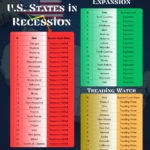
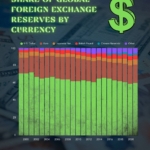
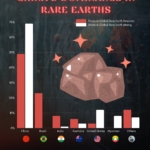


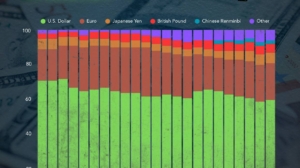


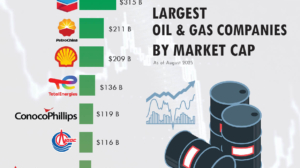
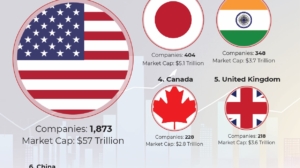
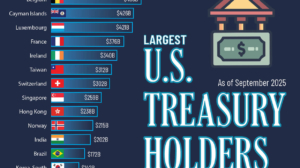

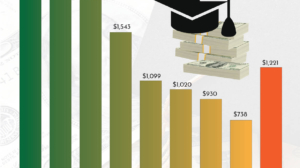
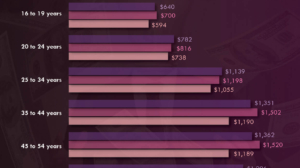
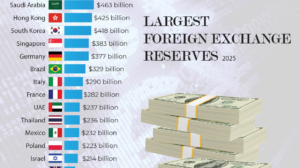
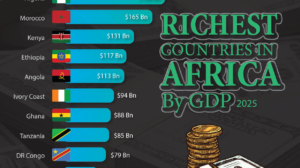
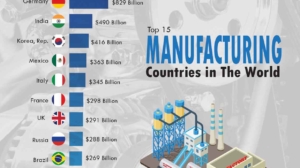
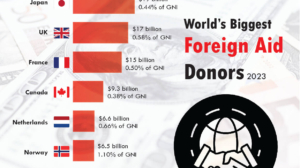
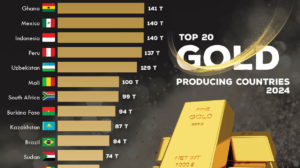
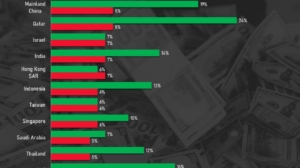
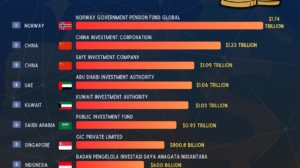
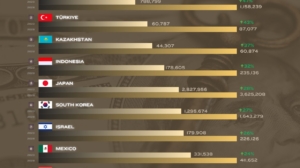
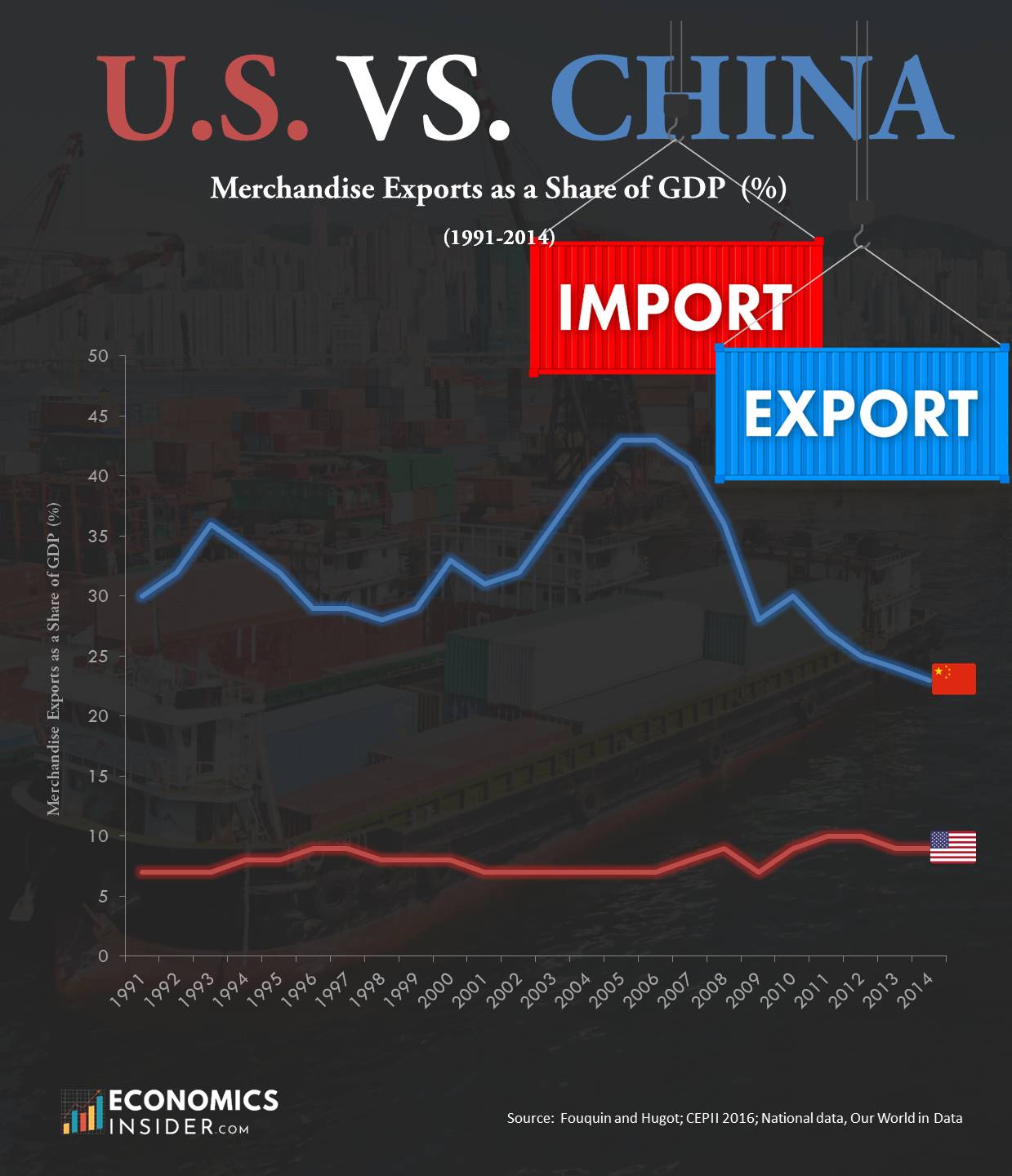

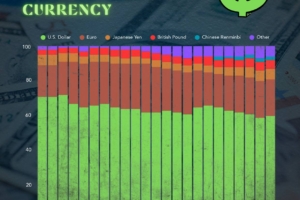









Add Comment